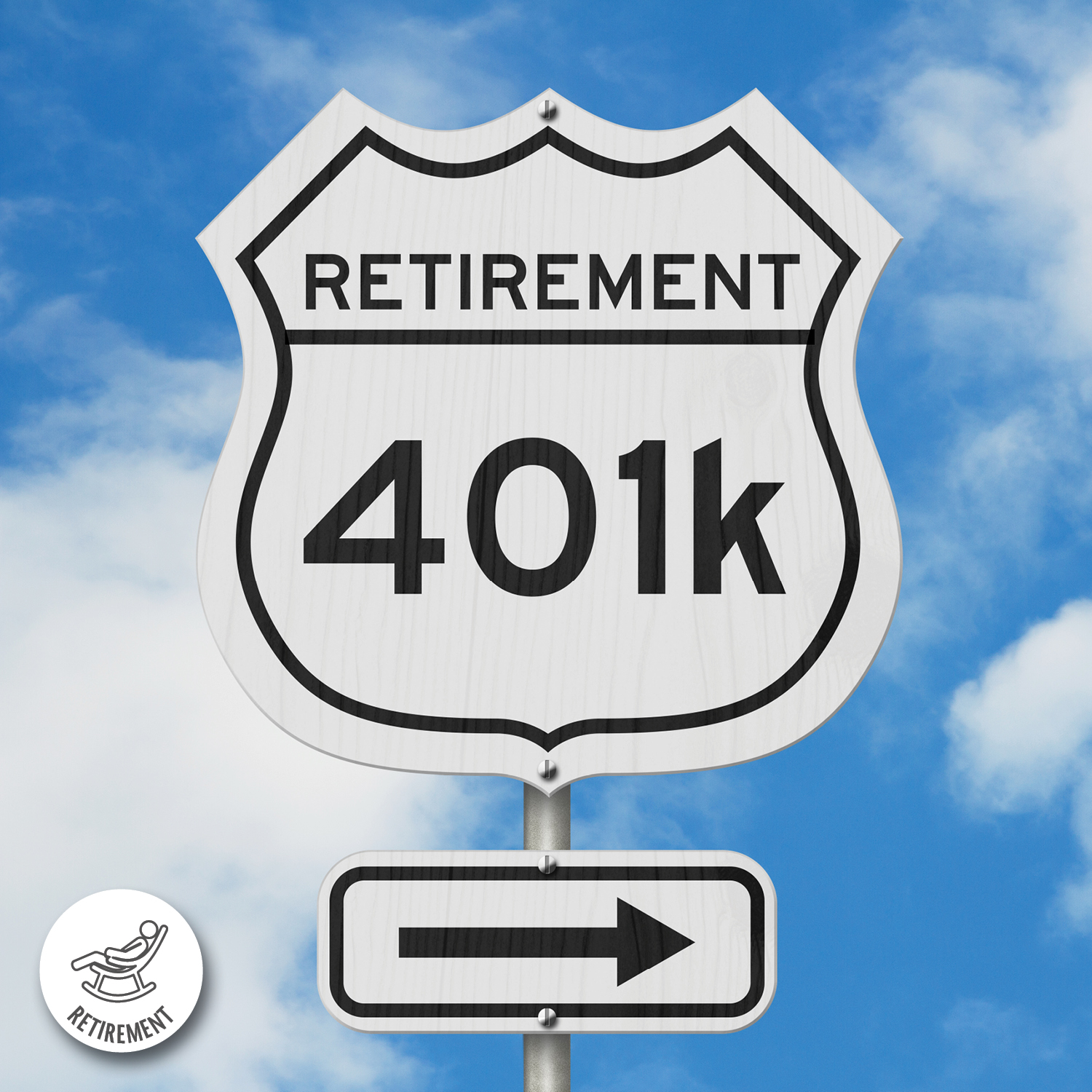Retirement Primer: All You Need to Know About 401(k)s

In our fast-paced world, planning for retirement can take a backseat to immediate financial needs and desires. However, one of the most effective tools for ensuring a comfortable and secure retirement is a 401(k) plan. This employer-sponsored retirement savings plan offers numerous benefits, making it a cornerstone of retirement planning for millions of Americans.
Here’s what you need to know about the 401(k) and how to maximize it for your benefit.
How do 401(k)s work?
A 401(k) plan allows employees to save and invest a portion of their paycheck before taxes are paid. This pre-tax contribution means that the money put into the 401(k) reduces the individual’s taxable income for that year, potentially lowering their overall tax bill. For example, if you earn $70,000 a year and contribute $5,000 to your 401(k), you are only taxed on $65,000.
Employers often match a portion of employee contributions, which is essentially free money that’s added to your retirement savings. A typical employer match might be 50% of contributions up to 6% of the employee’s salary. This match can significantly boost your retirement savings, but you’ll need to contribute a sufficient amount to get the full match.
Tax benefits and compound growth
One of the most attractive features of a 401(k) is the tax deferral on earnings. Investments in a 401(k) grow tax-deferred until you withdraw the money, usually after age 59½. This tax deferral allows your investments to grow more rapidly than they would in a taxable account, since money that would have been used to pay taxes is being invested and earning returns. With compound interest, this can lead to exponential growth in your retirement savings.
Diversification and investment options
401(k) plans typically offer a range of investment options, including mutual funds, stocks, bonds and, sometimes, even company stock. This variety allows you to diversify your portfolio, which is a key strategy for managing risk. In particular, target-date funds are a popular option within 401(k) plans. These funds automatically adjust the allocation of assets to become more conservative as the target retirement date approaches.
Potential drawbacks
While 401(k) plans offer significant advantages, there are potential drawbacks to consider. One is the limited control over investment choices compared to an individual retirement account (IRA). The investment options in a 401(k) are selected by the plan administrator, and while you can choose from this selection, it may not include all the assets you’d choose yourself.
It’s also important to remember that 401(k)s have penalties for early withdrawal. If you withdraw money from your 401(k) before age 59½, you’ll typically owe a 10% early withdrawal penalty on top of regular income taxes. This penalty is intended to discourage the use of retirement funds for non-retirement expenses.
Finally, the fees associated with 401(k) plans can vary widely. While most will be reasonable, some plans have high administrative fees or expensive investment options. It’s important to understand the fee structure and how it impacts your overall returns before opening a plan.
How to maximize your 401(k) benefits
To get the most out of your 401(k), start by contributing enough to get the full employer match. This is essentially a guaranteed return on your investment. As of 2024, the annual contribution limit for 401(k) plans is $23,000 for employees under age 50, and $30,500 for employees age 50 or older.
Next, consider increasing your contributions over time. Many plans offer automatic escalation features that gradually increase your contribution rate annually, making it easier to boost your savings without feeling a pinch in your take-home pay.
Lastly, take advantage of catch-up contributions if you’re age 50 or older. The IRS allows additional contributions above the standard limit for older workers, enabling them to save more as they get closer to retirement. The $30,500 contribution limit for 2024 includes a $7,500 catch-up contribution for employees age 50 and older. Employees can start making catch-up contributions in the year they turn 50, as long as they turn 50 by Dec. 31 of that year.
Getting started
If you’re interested in opening a 401(k), check with your employer to see if they offer the quintessential retirement account to employees. Many businesses do, and getting started is as easy as filling out some paperwork. Once you’ve enrolled in a 401(k), you’ll be offered a selection of investment opportunities for your funds. Make your choices and your 401(k) is good to go!
A 401(k) plan is a powerful tool for building a secure financial future. Use this guide to learn how to open a 401(k) and manage it effectively.
